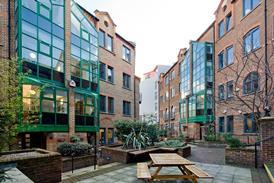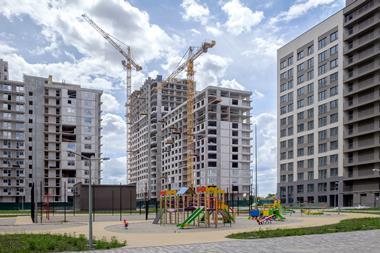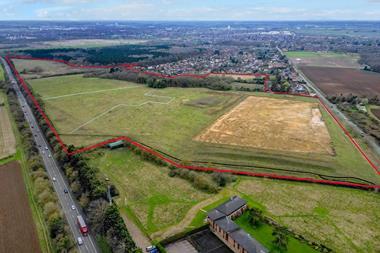The government’s aspiration to build more homes to meet Britain’s housing need is one that I, and council leaders across the country, absolutely share.

Too many people do not have a decent, safe and affordable place to live and we all have a role to play in redressing the balance.
Yet the government’s attempt to do this by allowing more permitted development and reducing councils’ ability to reject inappropriate proposals is not the answer. It can often feel like councils are the universal scapegoat of the planning systems – blamed by government for not allowing enough development and by local residents for allowing too much.
National research consistently shows that there is unbuilt planning permission for more than a million homes across the country. The problem is not that councils are not granting permission but that once approved, schemes are not built out quickly enough.
The role of councils in the planning system is not of blocking appropriate development, but rather ensuring that schemes meet the necessary standard to provide quality homes and a good local environment.

The government’s approach of allowing more development to go ahead without requiring planning permission – such as the notorious office to residential policy - leads to poor quality homes.
One recent, government-backed study found that from 2015-2018, only 22% of new homes created through Permitted Development met the nationally prescribed space standards with ‘the Permitted Development units often being considerably below the suggested standards.’
Last year, Watford hit the headlines when a planning inspector allowed a developer to turn a former workshop into flats – even though these flats were oppressively small, windowless and didn’t even have proper fire escapes. Although Watford Council had rejected the scheme, the inspector’s appeal decision was that the scheme was covered by the government’s permitted development right policy.
It is a positive step that following our campaign for a change in the rules, the government is now saying that all flats converted from offices under permitted development rights in the future must ‘provide adequate natural light in all habitable rooms to go ahead’. The government’s aforementioned study also cited our campaign against these windowless flats as one of the key drivers in changing Permitted Development Rights to ensure adequate lighting.
I also welcome the government’s proposal to allow the consolidated infrastructure levy to ensure communities have the necessary infrastructure in place to support new homes created through permitted development.
The overall effect of the government’s reforms of permitted development rights, however, will increase the risk of inappropriate schemes going ahead. For example, allowing two extra storeys to be built on top of existing blocks of flats without planning permission is likely to lead to schemes that have an adverse effect on local landscapes. And of course the proposals in the government’s white paper, taking decisions on planning applications away from councils altogether will make it even harder to secure high quality development.
In order to ensure the delivery of good quality homes the government should be giving local councils more say in planning decisions - not less - and commit to high quality standards and the best possible public services in its approach to planning. That is the way to win community support for new development that ensures necessary standards and infrastructure are in place for both communities and developments to thrive.
Peter Taylor is elected mayor of Watford






























No comments yet